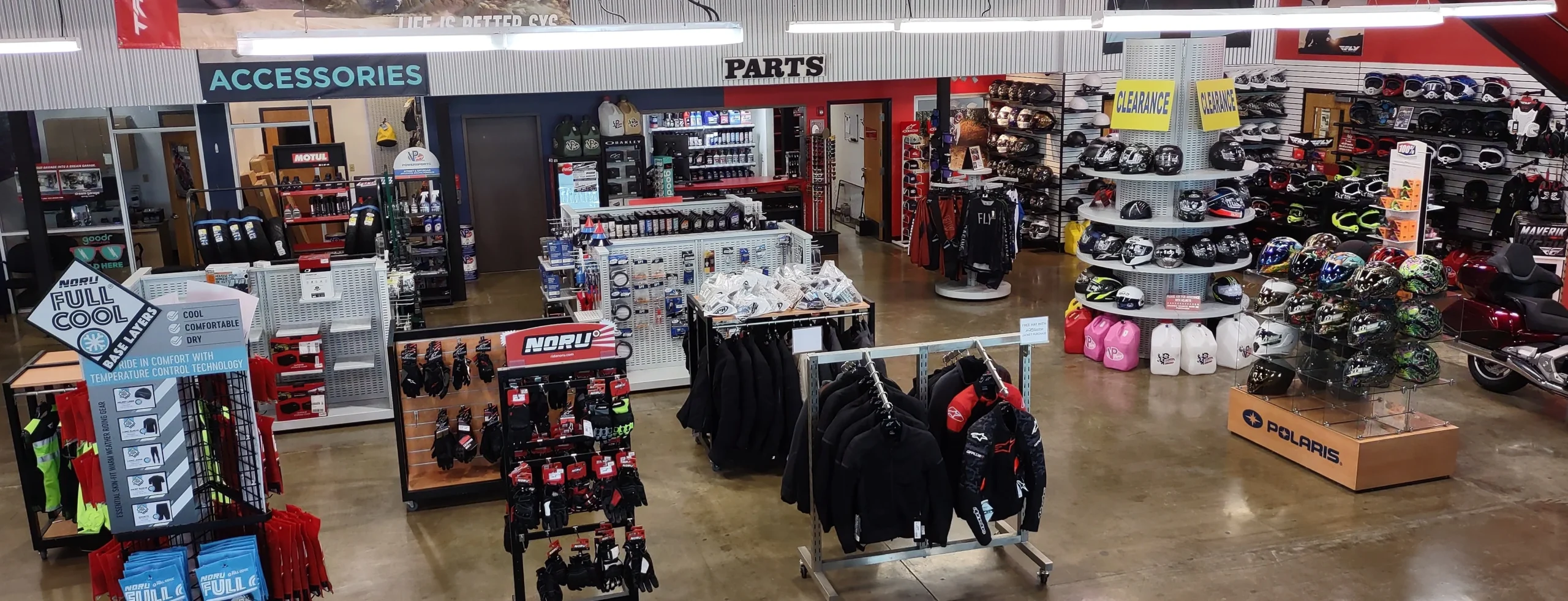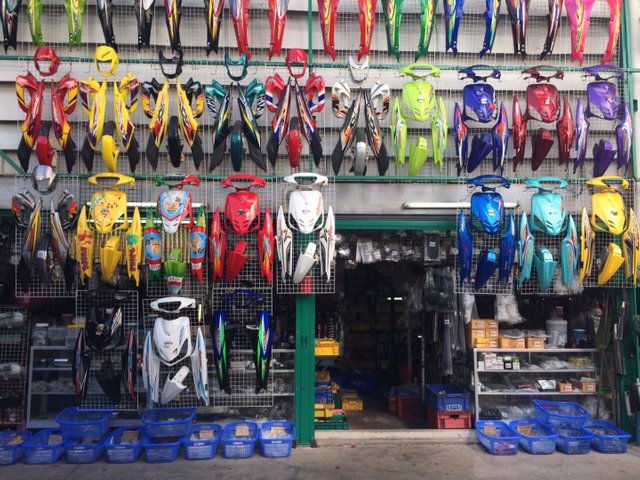Discover Top Quality Moto Parts NZ for All Your Motorcycle Needs
Discover Top Quality Moto Parts NZ for All Your Motorcycle Needs
Blog Article
Recognizing the Vital Parts of a Motorcycle: A Comprehensive Guide for Lovers
For motorcycle enthusiasts looking to boost their riding experience and ensure their bikes run efficiently, comprehending the vital parts of a motorcycle is extremely important. Each component, from the engine's complex workings to the essential duty of the stopping systems, not just affects efficiency but also safety and convenience.
Engine Elements

The camshaft plays an important duty in regulating the timing of the engine's valves, making certain the precise opening and closing necessary for efficient gas and air consumption, as well as exhaust expulsion. This timing is critical to maintaining optimal engine performance and efficiency. Furthermore, the carburetor or gas injection system, depending upon the bike version, is accountable for blending air with gas in the right proportion for burning.
The air conditioning system, either air or liquid-based, works to maintain the engine's temperature within operational limits, avoiding overheating and guaranteeing longevity - mx gear nz. Each component, thoroughly created and integrated, adds to the smooth procedure of the engine, specifying the motorbike's power output and general performance
Transmission System
Integral to the bike's capability, the transmission system makes sure reliable power transfer from the engine to the wheels. This system comprises numerous essential components, consisting of the clutch, gearbox, and last drive, each playing a vital duty in translating the engine's power into motion. The clutch, generally run by a hand bar, serves to engage and disengage the engine from the transmission, enabling smooth equipment changes and regulated acceleration.
The transmission, often described as the transmission appropriate, contains a collection of gears that cyclists can manually change through to readjust the bike's speed and torque result. These gears are prepared in a sequence that enables the motorcycle to speed up smoothly and preserve optimum engine performance throughout various speeds. A lot of motorcycles make use of a sequential transmission, requiring the cyclist to shift equipments in a predetermined order.
Braking Systems
While understanding the transmission system is vital to taking advantage of a motorcycle's power, similarly important is the capability to regulate and stop that power efficiently, which is where stopping devices enter into play. Brakes are critical for security and efficiency, offering the motorcyclist with the essential control to navigate various terrains and conditions. Generally, motorbikes include 2 types of braking systems: disc brakes and drum brakes.
Disc brakes are see page extra prevalent in modern motorbikes as a result of their exceptional efficiency. They contain a brake disc, caliper, and pads. When triggered, the caliper presses the brake pads versus the spinning disc, converting kinetic energy into warmth, thereby slowing the wheel. This system provides much better warm dissipation, regular efficiency, and boosted quiting power, specifically in wet problems.
On the other hand, drum brakes, though much less typical, are still discovered in some motorbikes. They work by pressing brake footwear versus the internal surface of a drum attached to the wheel. While typically less efficient in heat dissipation and quiting power, drum brakes are easier and a lot more economical.
Comprehending these braking systems' nuances permits riders to keep their motorbikes properly and appreciate the engineering that ensures safe and efficient quiting.
Suspension and Steering
Suspension and guiding systems are important elements that substantially affect a motorcycle's handling and adventure convenience. The suspension system, including forks at the front and shock absorbers at the rear, soaks up road abnormalities, boosting security and control. Front forks, upside down or usually telescopic, compress and rebound to alleviate effects, while back shock absorbers preserve tire contact with the roadway, vital for traction and safety.
Steering, focused around the handlebars, links the rider to the bike's directional control. The steering head bearings make certain smooth procedure, allowing exact maneuverability. Correct placement and maintenance of these bearings are critical for predictable guiding response and decreasing motorcyclist fatigue.
The suspension's adjustability is another critical element; preload, damping, and rebound setups enable modification to match different riding problems and designs. This adaptability is essential for maximizing performance, whether navigating city streets or taking on rugged trails. Technologies like digital shock absorber offer real-time modifications, boosting adventure high quality throughout varied surfaces.

Electrical Solutions
After ensuring a controlled and smooth ride through efficient suspension and steering systems, attention transforms to the electric systems, a pivotal aspect of contemporary motorbikes. These systems play a critical role not only in starting the engine however likewise in powering numerous components that enhance the functionality and safety of the motorbike.
At the heart of a bike's electric system is the battery, which shops electric energy needed for beginning the engine and powering supporting systems - moto parts nz. The alternator or generator, combined with the rectifier-regulator, guarantees the battery stays charged while the motorcycle functions, transforming power into electric energy and preserving voltage degrees
The ignition system, one more vital element, is in charge of sparking the air-fuel blend in the engine's cyndrical tubes. Modern motorbikes typically utilize a digital ignition system, offering higher performance and reliability contrasted to standard systems.
Illumination systems, including headlights, tail lights, and indicators, are additionally crucial, guaranteeing visibility and security for the rider. Added electronic components such as sensing units, control units, and displays add to innovative functions like fuel shot monitoring, hop over to here anti-lock braking systems (ABDOMINAL), and digital control panels, even more enhancing the riding experience.
Conclusion
A thorough comprehension of a bike's essential elements, consisting of the engine, transmission system, braking systems, suspension, steering, and electrical systems, is indispensable for lovers aiming to optimize safety, convenience, and performance. Proficiency of these elements enables informed decisions pertaining to maintenance and upgrades, eventually improving the riding experience. By incorporating this understanding, riders can guarantee their motorcycles run at peak performance and reliability, thus making the most of both satisfaction and longevity of their lorries.
For bike lovers looking to elevate their riding experience and ensure their bikes run smoothly, recognizing the vital parts of a bike is extremely important.Important to the motorcycle's functionality, the transmission system ensures effective power transfer from the engine to the wheels.While recognizing the transmission system is key to harnessing a motorcycle's power, just as vital is the capability to control and quit that power successfully, which is where stopping devices come into play. Typically, bikes feature two types of why not try these out stopping systems: disc brakes and drum brakes.
An extensive comprehension of a bike's essential parts, consisting of the engine, transmission system, stopping mechanisms, suspension, guiding, and electrical systems, is essential for fanatics intending to optimize security, efficiency, and convenience.
Report this page